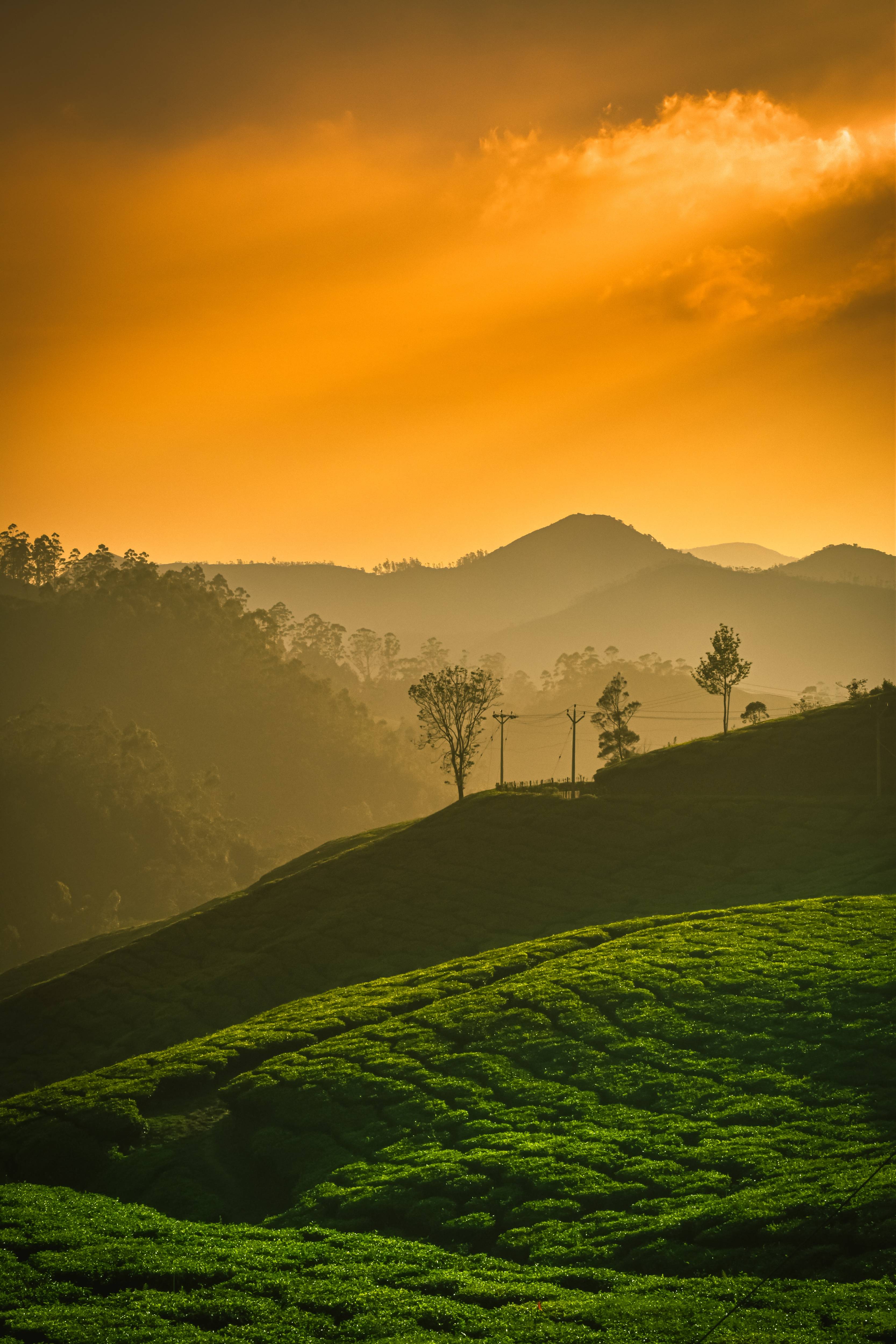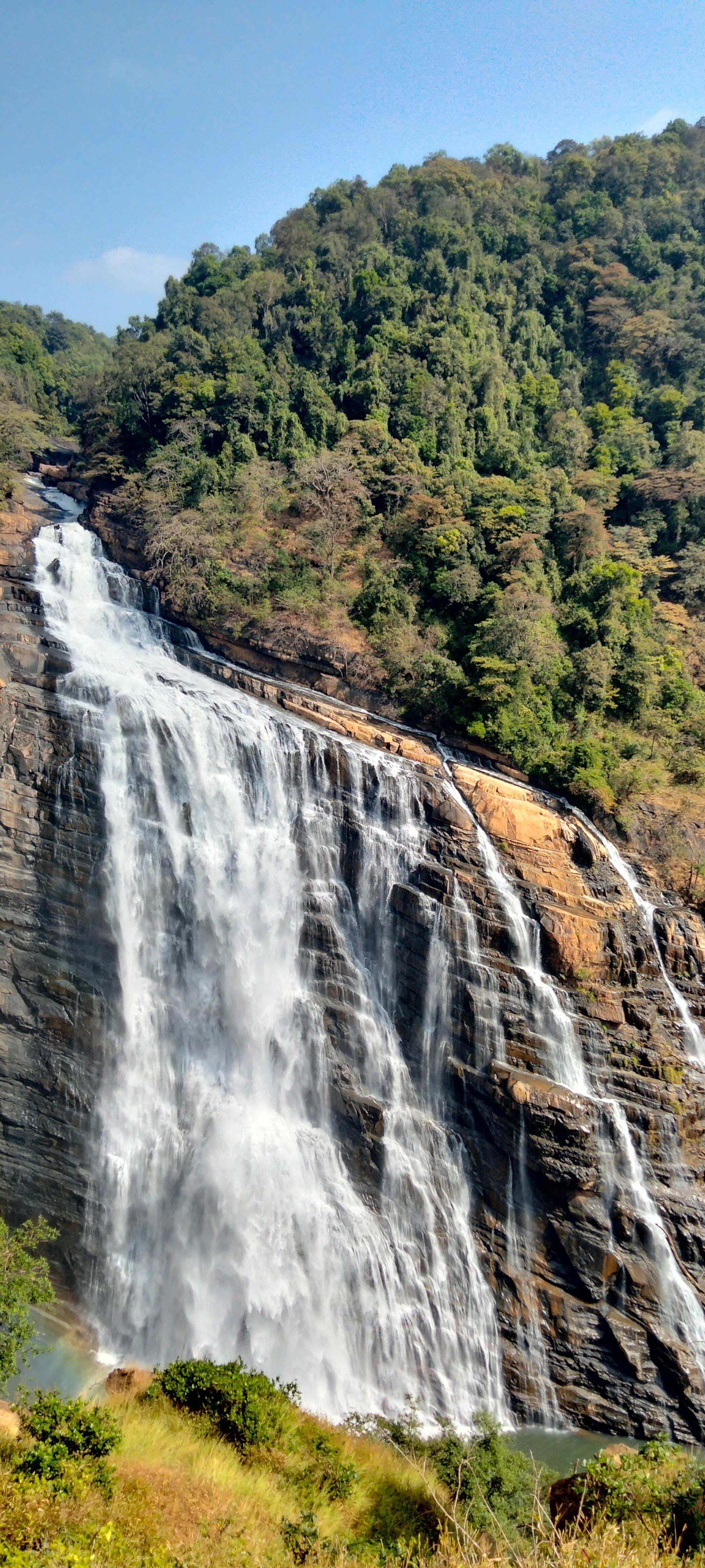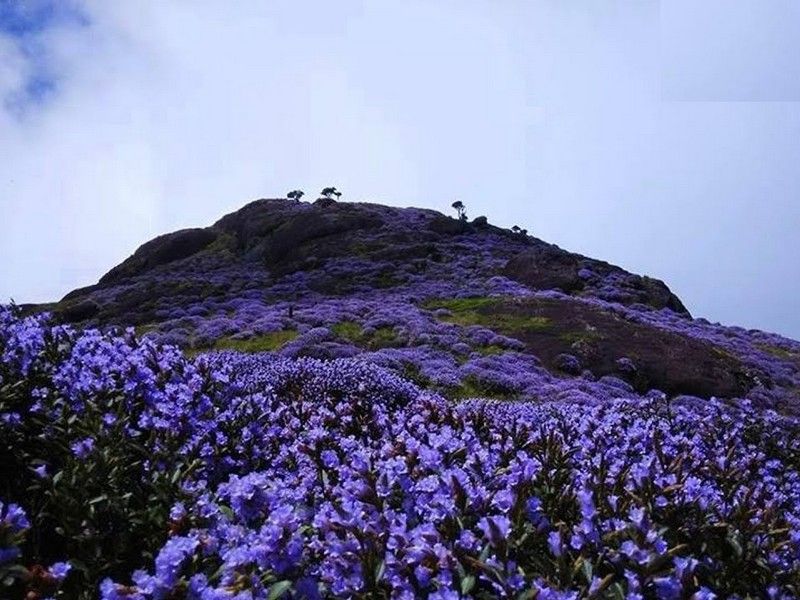ITS ALL ABOUT NATURE AROUND
MUNNAR TOURISM
Munnar, the perennially cool summer resort of the erstwhile British
Government officials and businessmen, is situated around 5,200 ft above mean
sea level, in the Western Ghats range of mountains, one of the most bio-
diverse regions in the world with hundreds of rare and endemic flora and fauna.
It is now one of the most popular hill stations in South India.
Munnar, literally, means ‘three rivers’ and it is located on the confluence of
three mountain streams Mudrapuzha, Nallathanni and Kundala, in the Taluk of
Devikulam in Idukki District of Kerala State, the southernmost state of India,
called ‘God’s Own Country’ with enchanting natural beauty and cultured people
who are cent-per-cent literate. Munnar is well connected by National
Highways and State Highways with all important towns near and far.
Munnar is the spice capital of the world with thousands of acres of tea, coffee,
cardamom, pepper, etc. growing on the hills around it and dozens of shops
selling quality spices inside the town. Artistically contoured and manicured tea
gardens covering scenic hillocks and tree-shaded cardamom and coffee
plantations in the valleys are worth seeing. The spices of Munnar have more
flavor than spices in other regions of the world because of the unique
topographic and climatic conditions.


GEOGRAPHICAL IMPORTANCE
THE WESTERN GHATS
The Funky Bunks is located right in the heart of a bio-diversity hotspot.
The resort is a favorite of discerning tourists who come here to seek and begin
an intense relationship with Nature in all her purity - whether it is on a holiday,
family vacation, honey-moon and eco-tourism or adventure trip.
The impossible task of converting a Shola Forest into a modern resort without
damaging any of its natural features or any part of its fragile eco-system was
made possible through careful planning and determined hard work with a
devoted commitment to Nature.
The Western Ghats eco-system – a hotspot of bio-diversity
The Western Ghat Ranges of southern India is one of the 33 recognized
ecologically sensitive zones in the World and a UNESCO World Heritage Site.
It is also one of the world's eight ‘hottest hotspots' of bio-diversity. With an
average height of 1500 meters, it runs parallel to the Arabian Sea for 1600 km,
forming the divide between the coastal plains and the Deccan Plateau.
Beginning at the southern end of the west coast of India, near Kanyakumari,
the Ghats pass through the states of Kerala, Tamil Nadu, Karnataka, Goa and
Maharashtra, ending at the Gujarat border. Of its 160,000 square kilometers,
39 tracts, including reserve forests, national parks and wildlife sanctuaries, of
the Western Ghats have been designated as world heritage sites by the
UNESCO. Twenty of these sites are located in Kerala, five in Tamil Nadu, ten
in Karnataka and four in the state of Maharashtra.
The Western Ghats Mountain Range is also the catchment area for forty
percent of the river water drainage of India.
As regards flora, fauna and avifauna, the Western Ghat Ranges has one of the
highest levels of endemism in the world. Almost half of the fishes, more than
one-third of the plants and three-fourth of the amphibians found on the
Western Ghats are endemic. Out of the over 7400 species of flowering plants,
139 species of mammals, 179 species of amphibians and 288 species of
freshwater fish found here so far, about 325 are globally threatened. Of this
distinctive eco-system, the Shola forests are the most vulnerable and unique.

